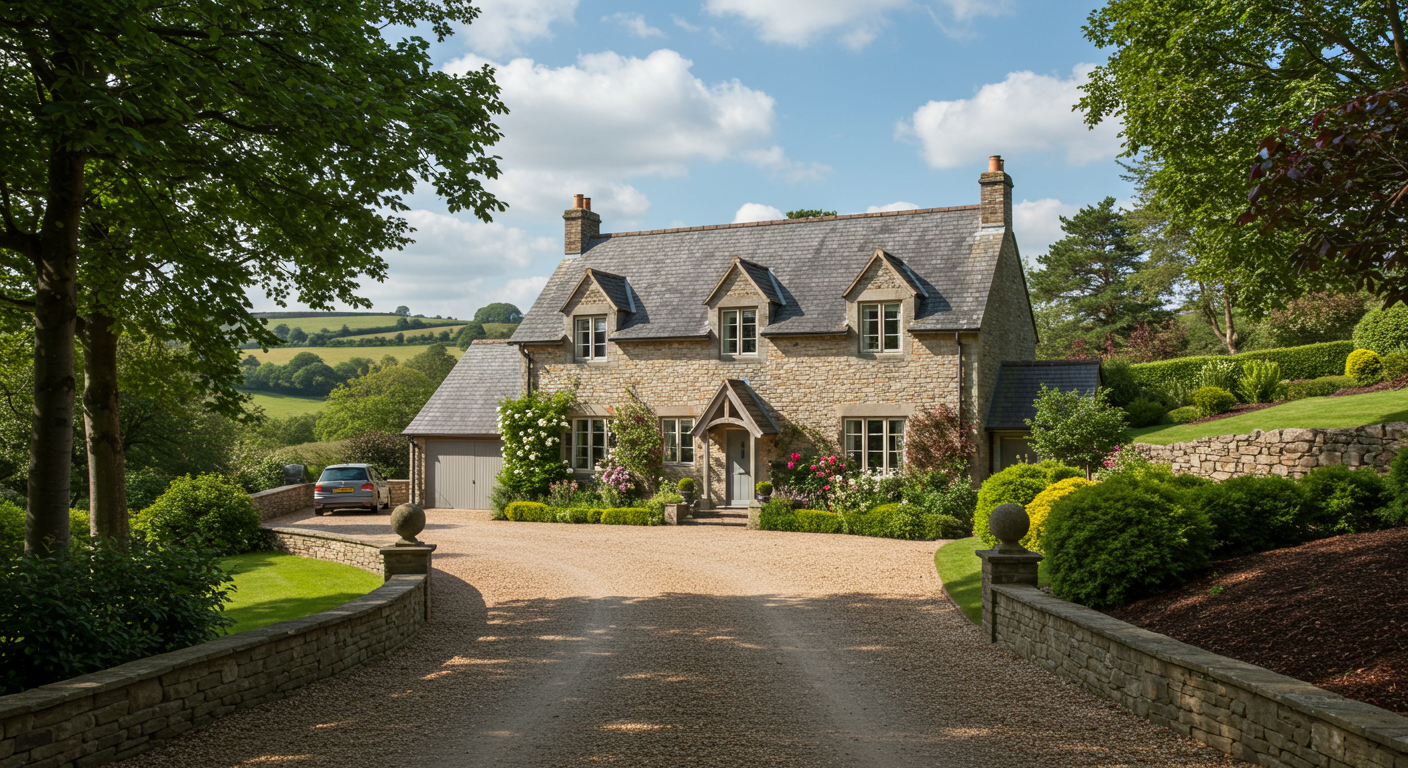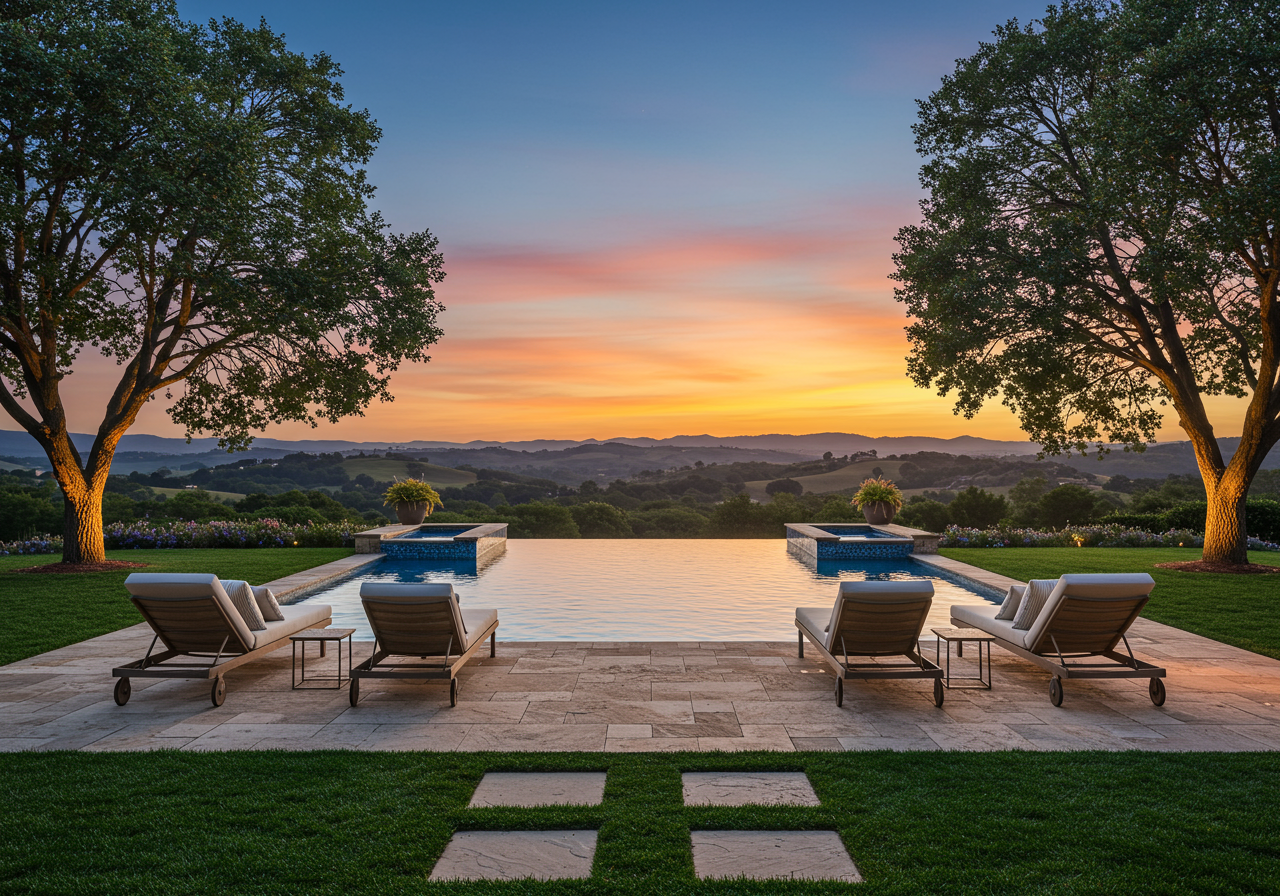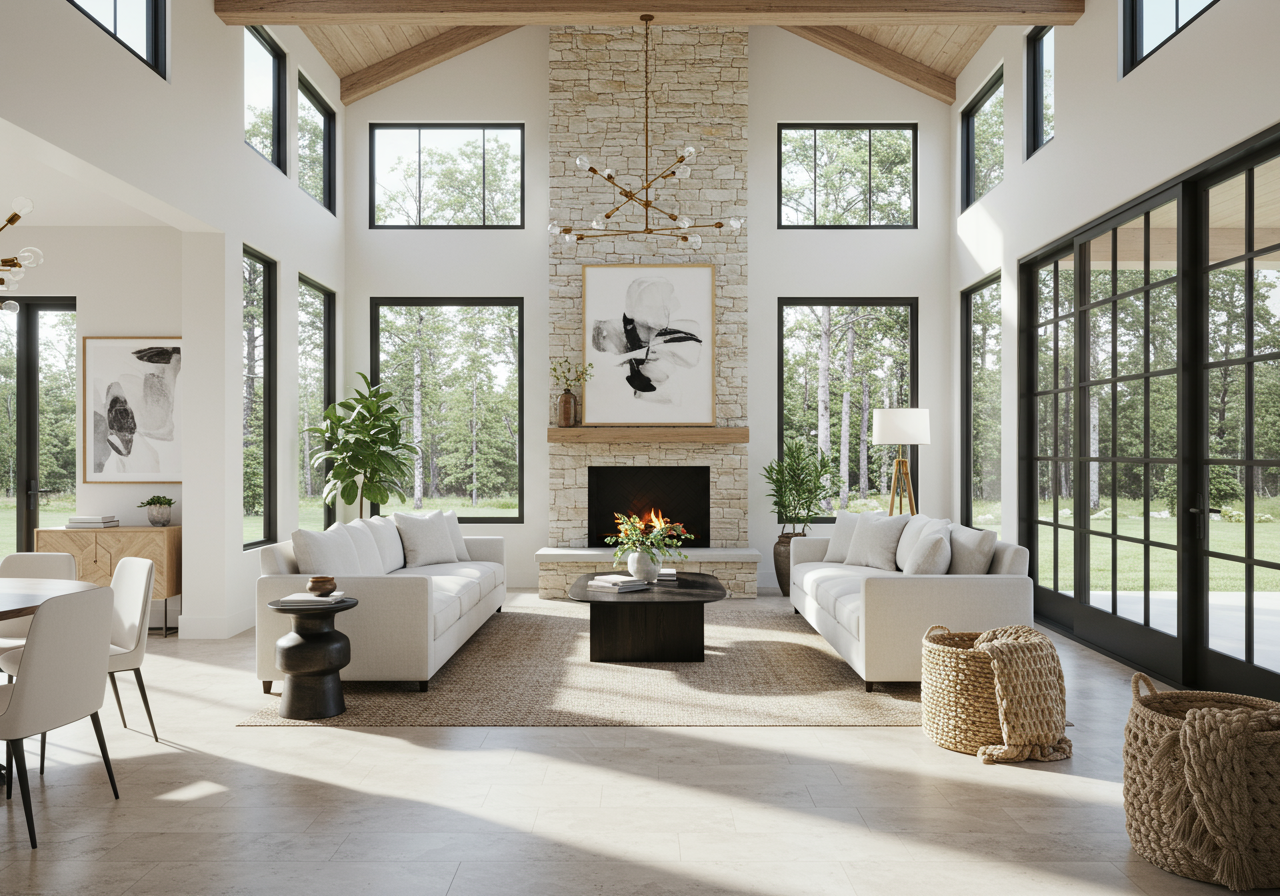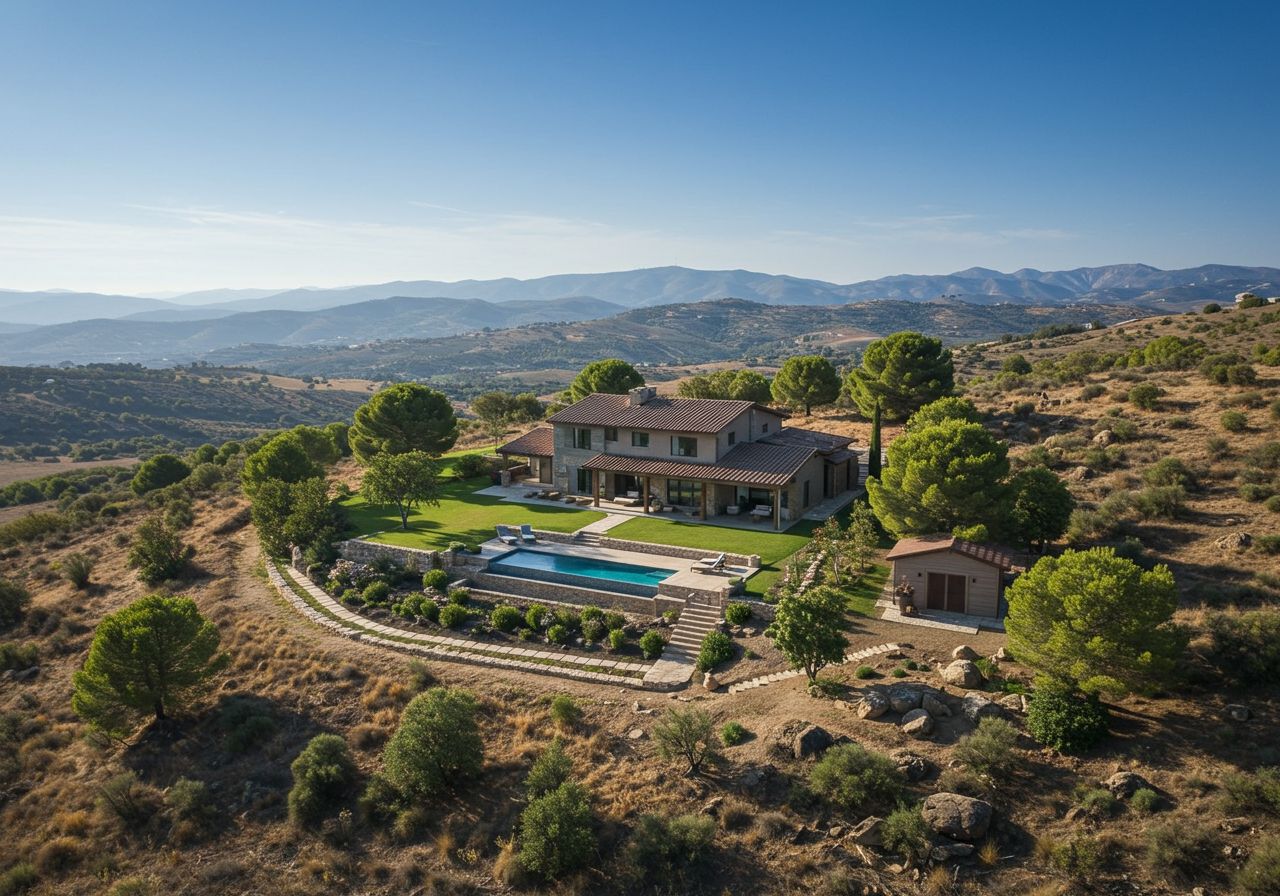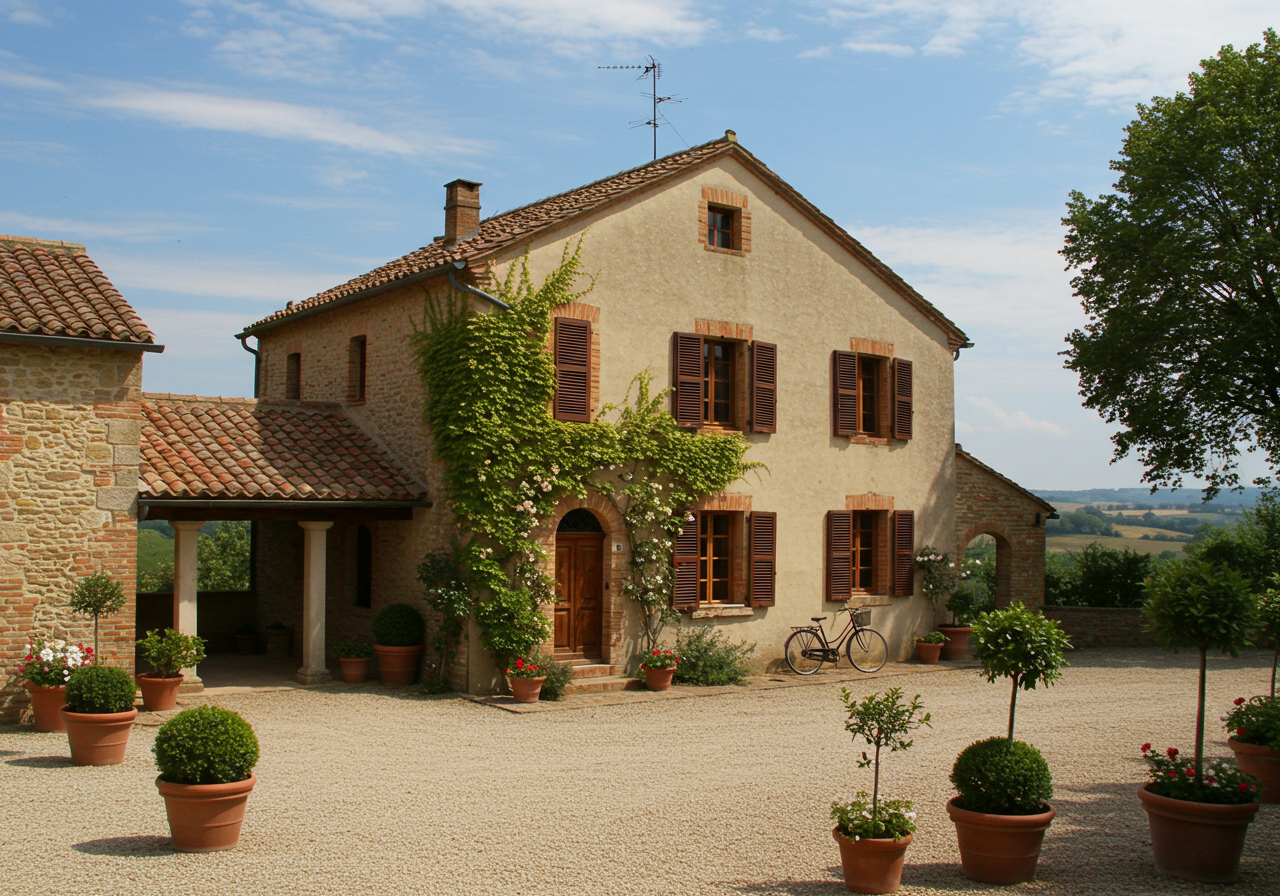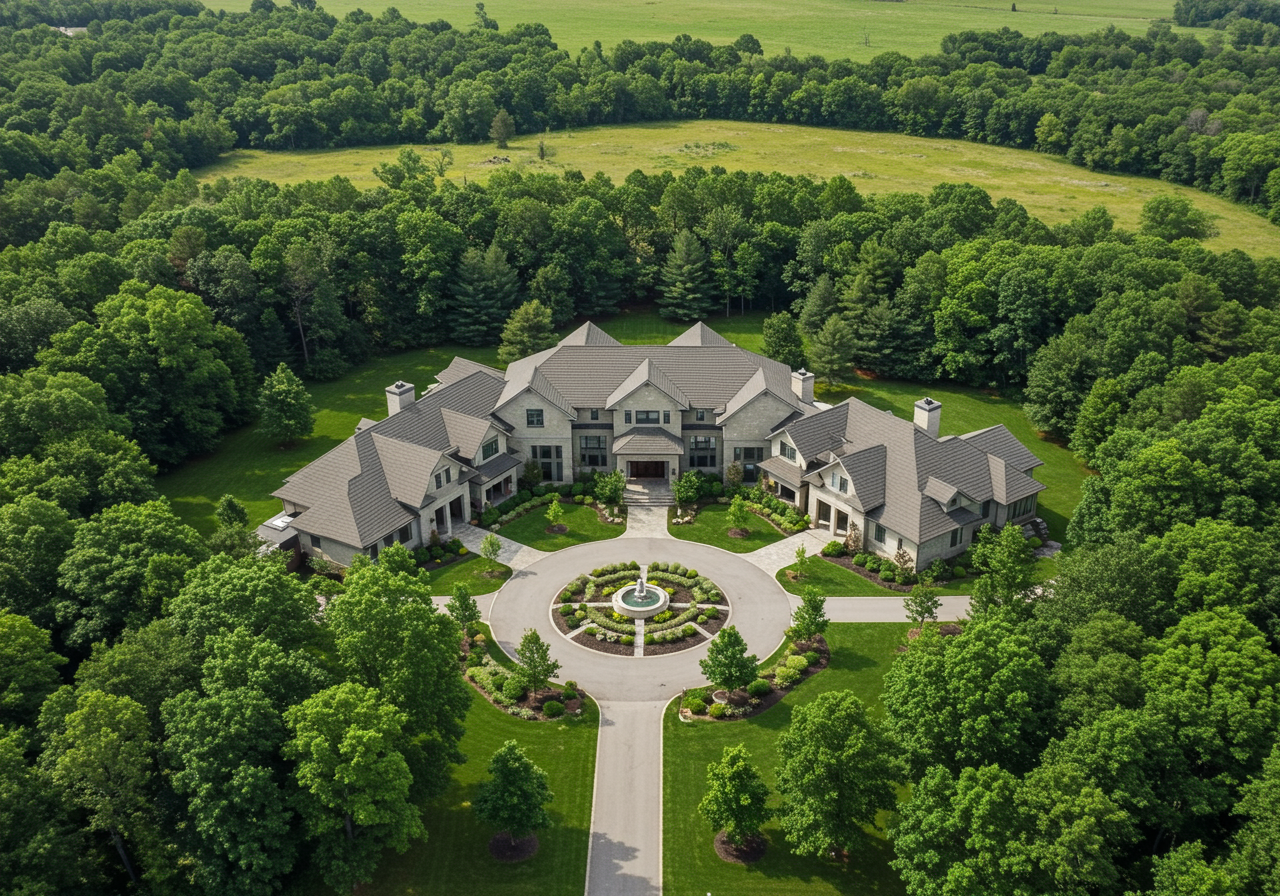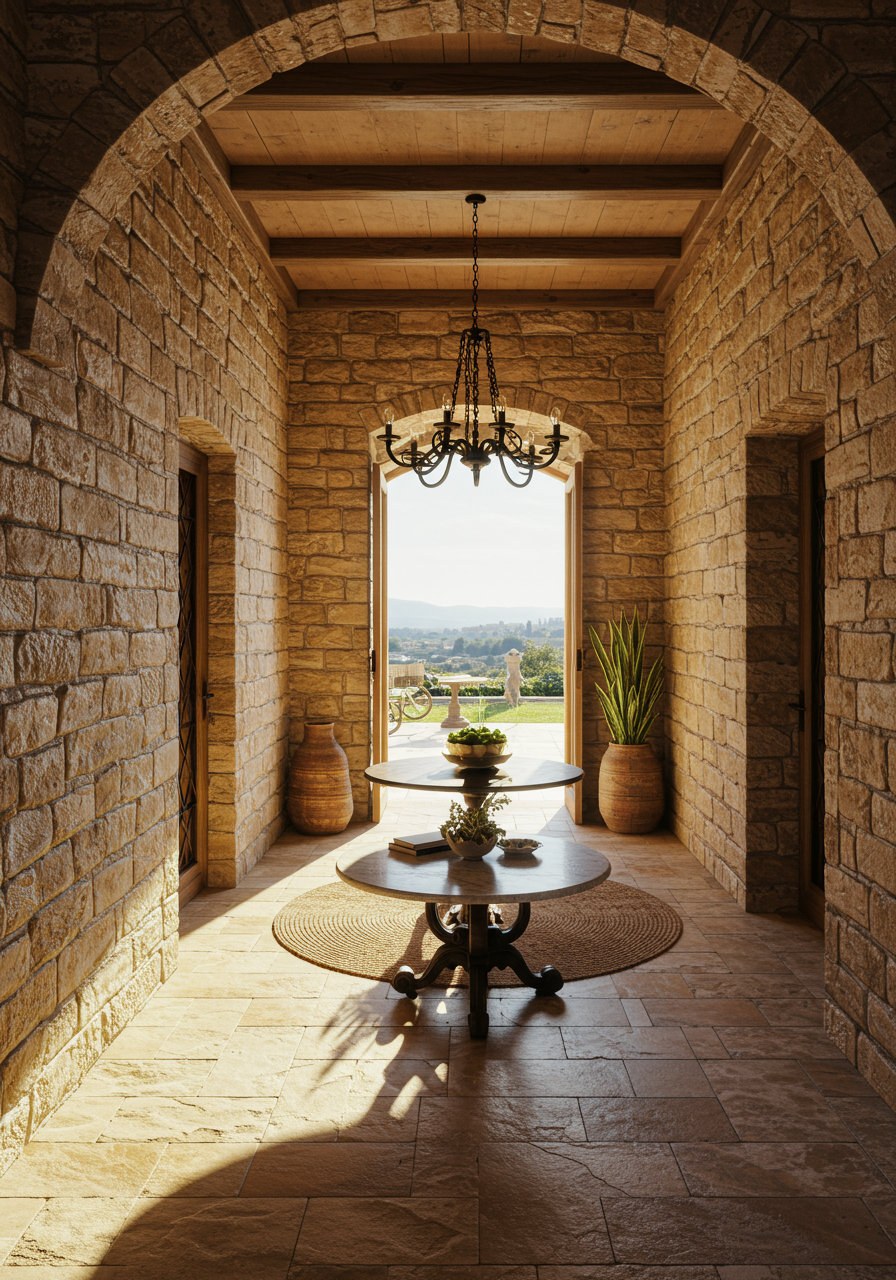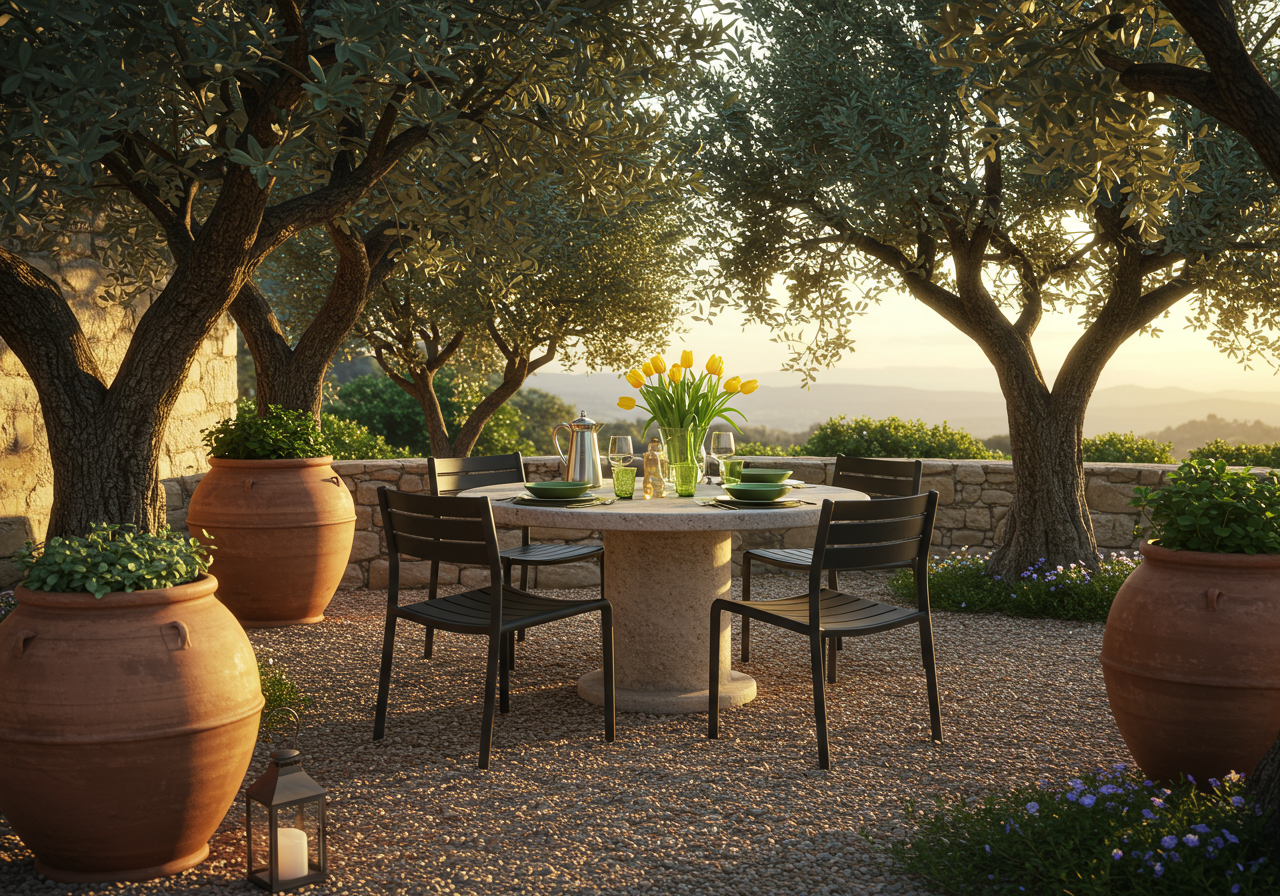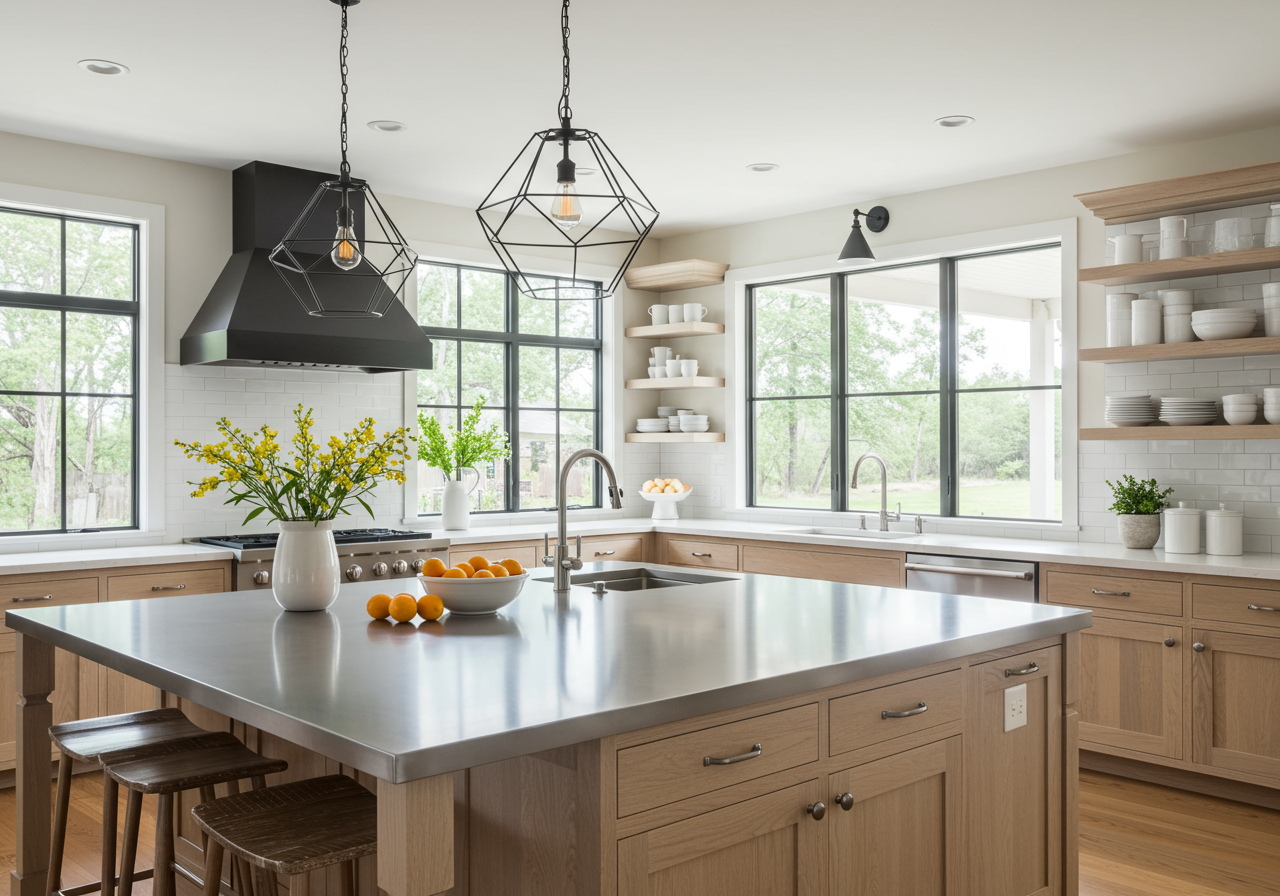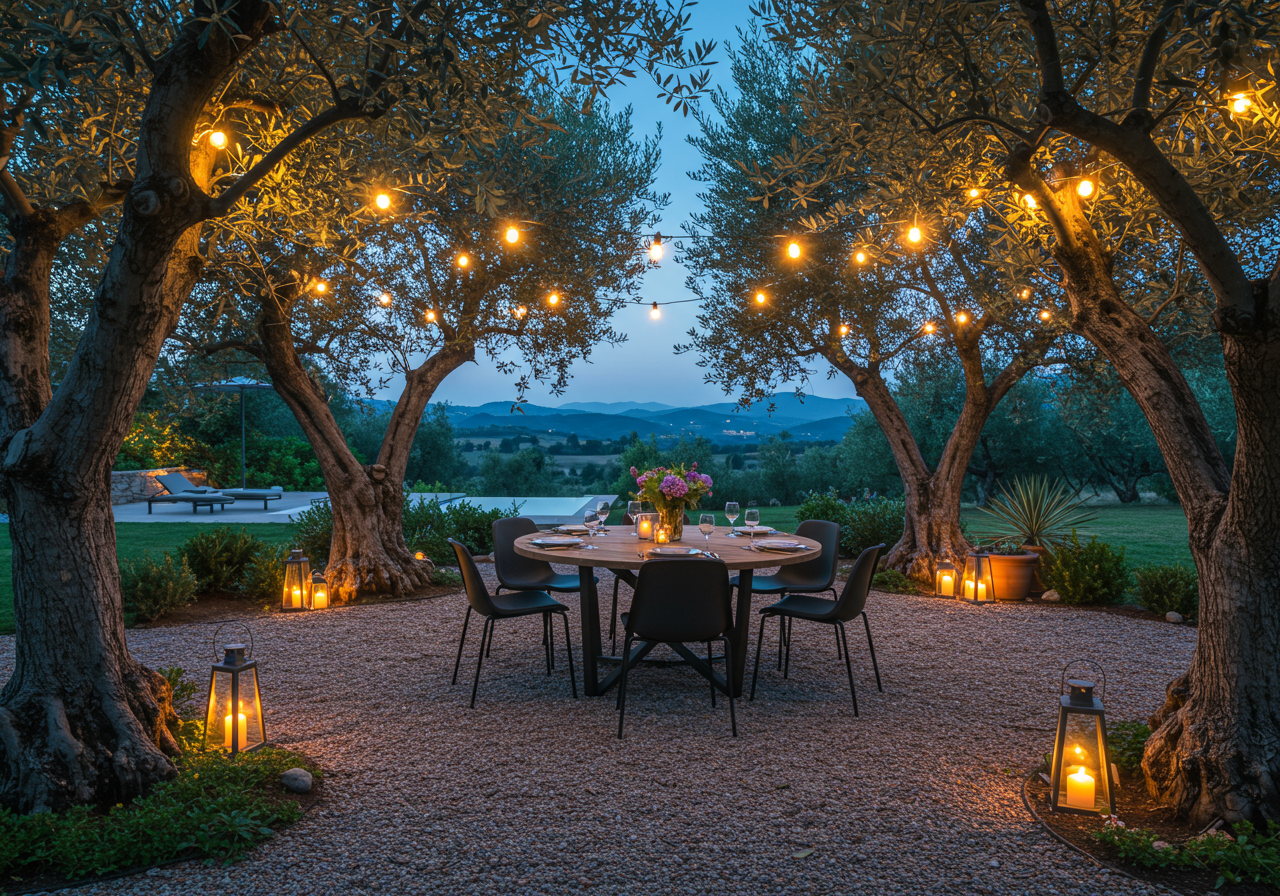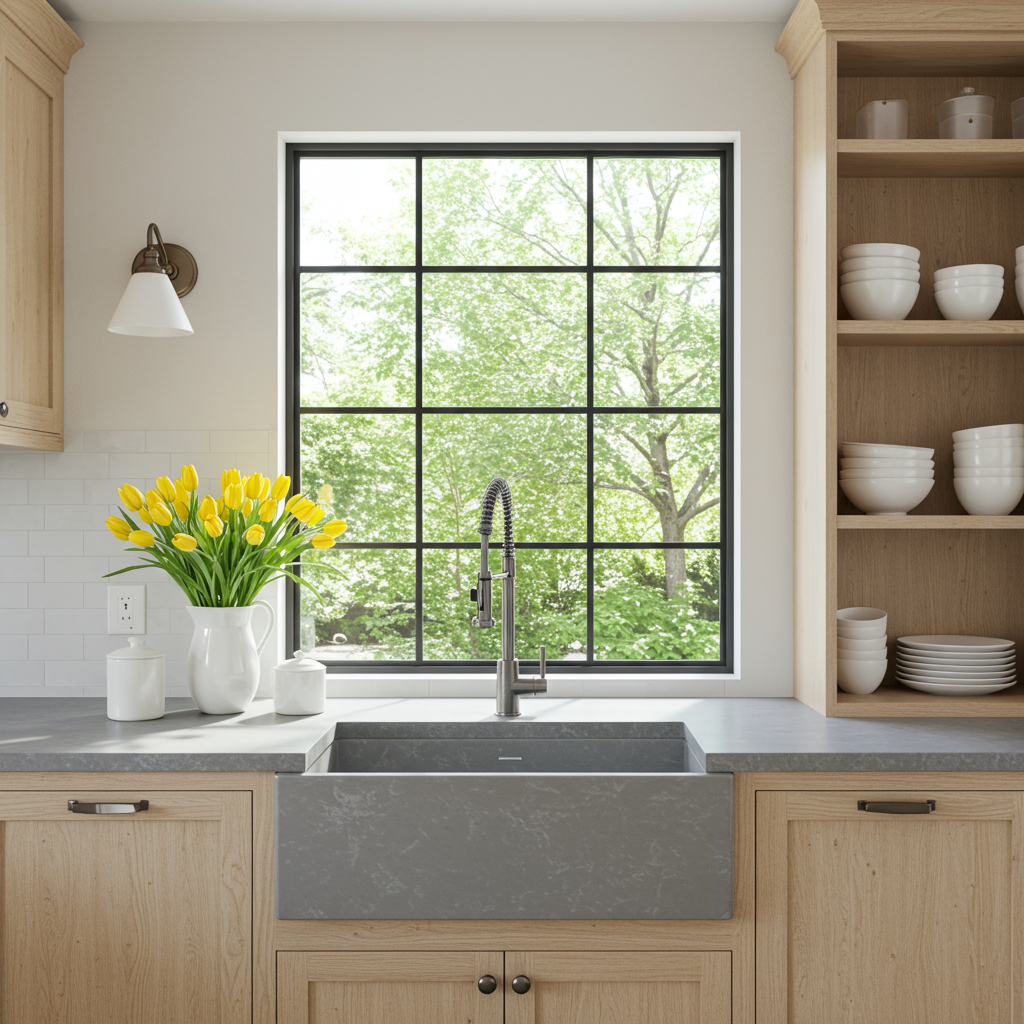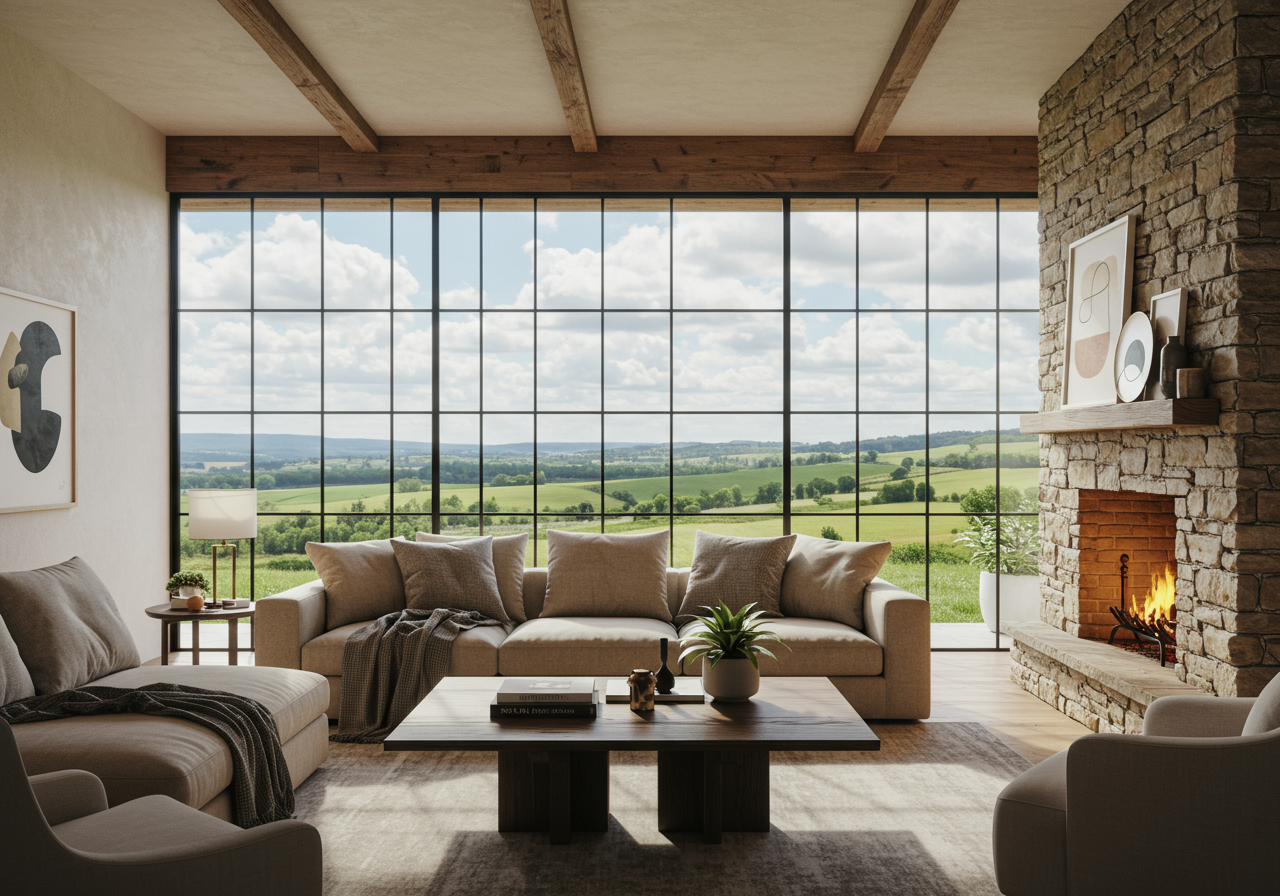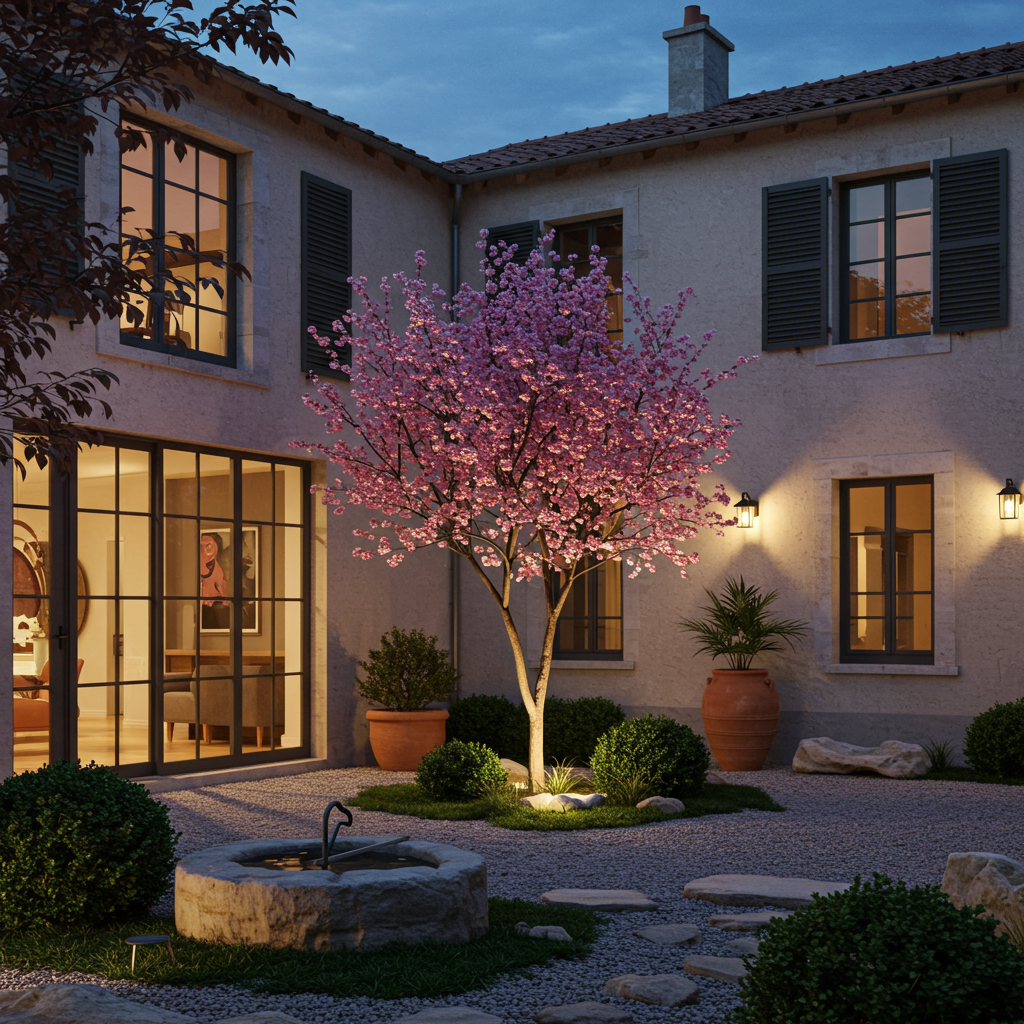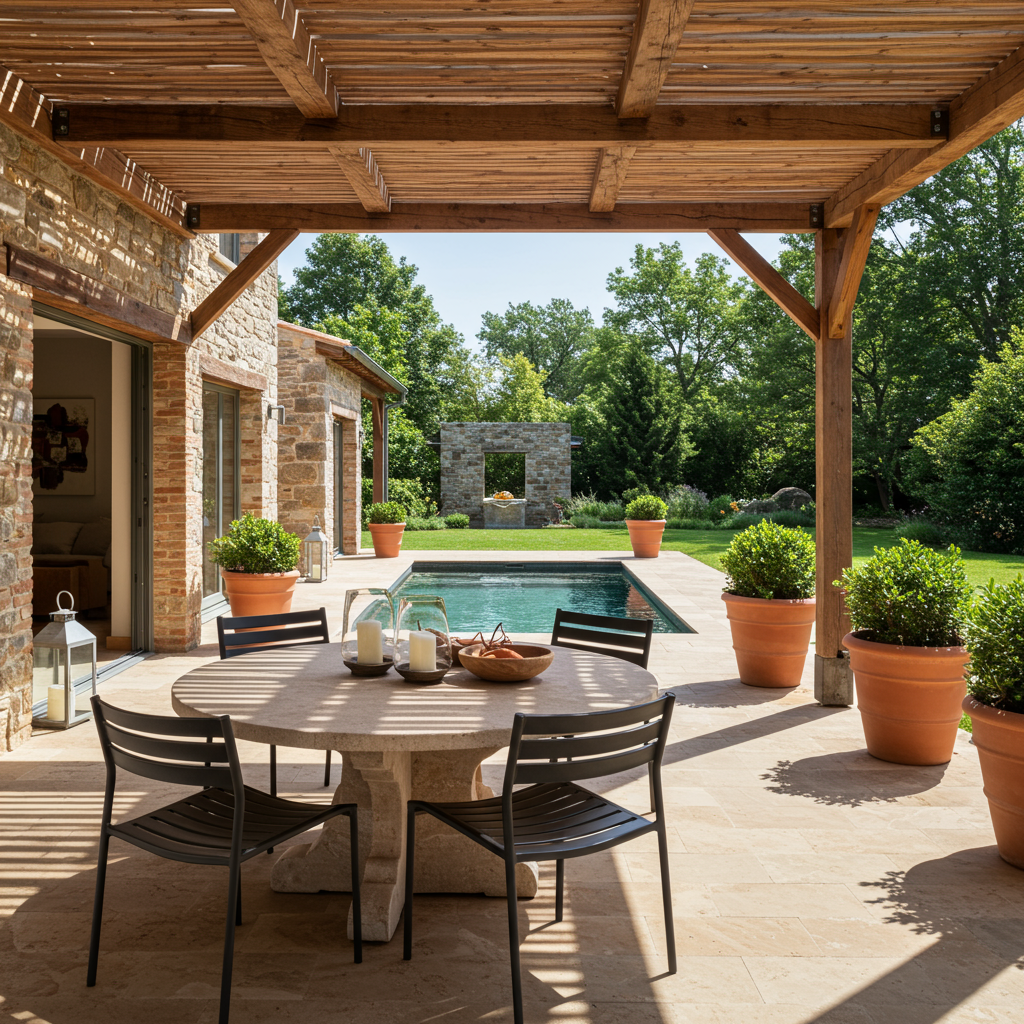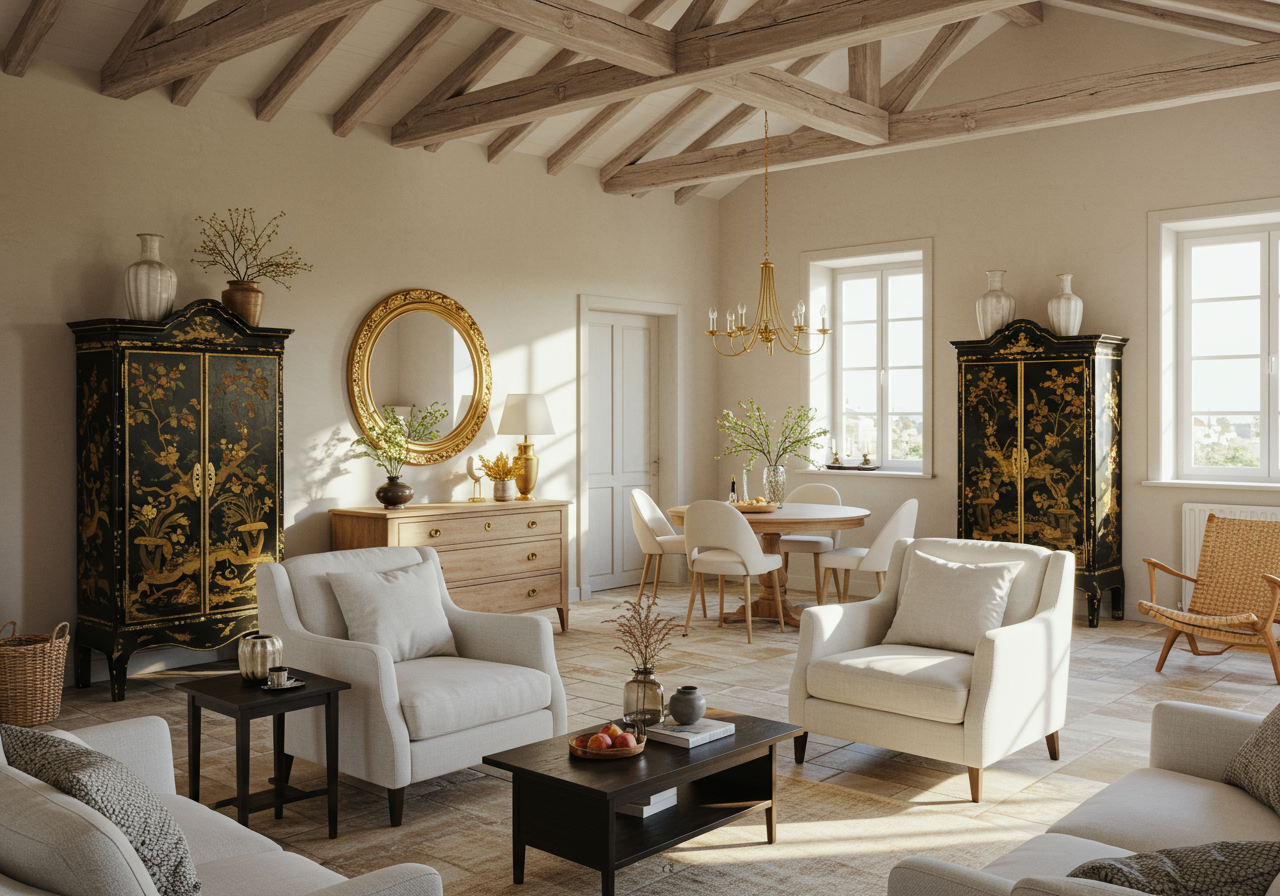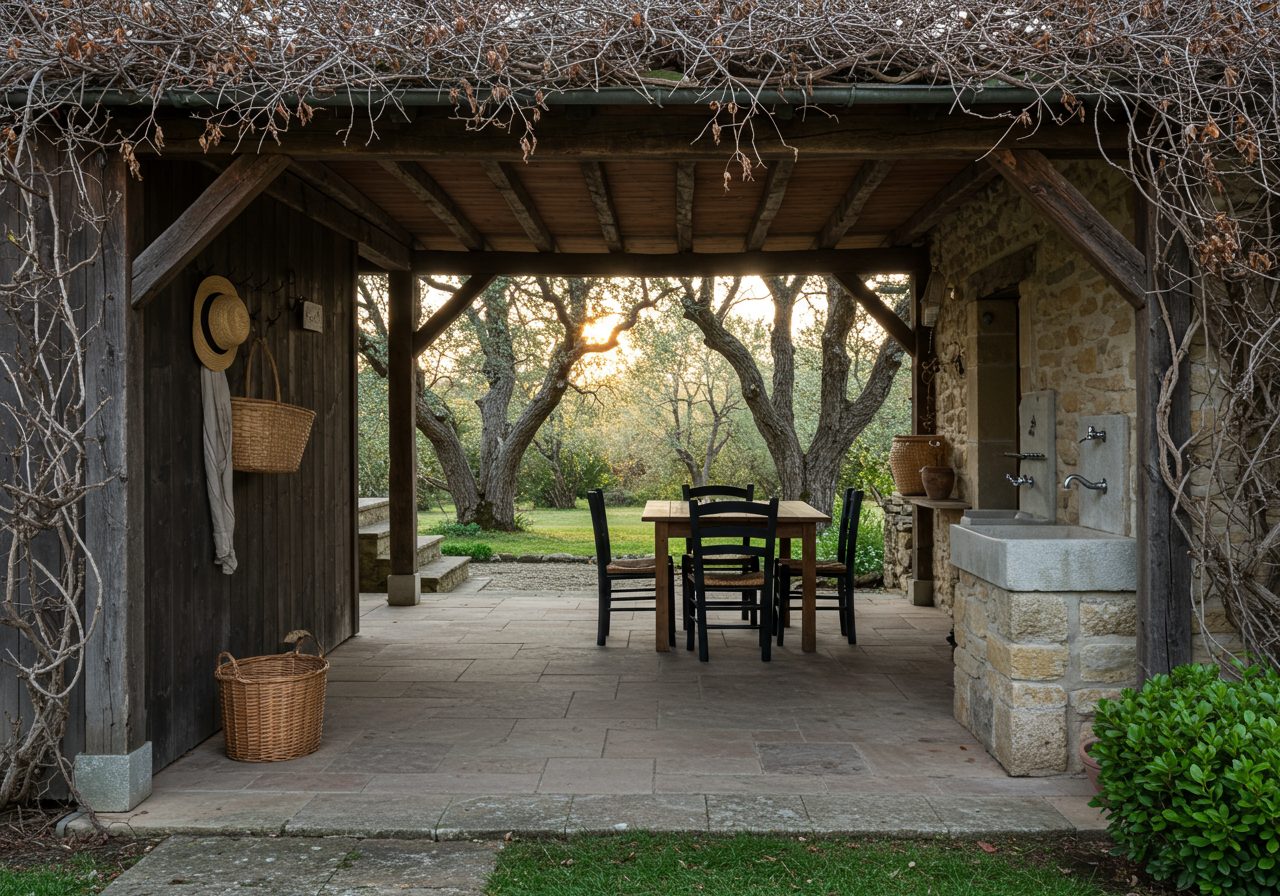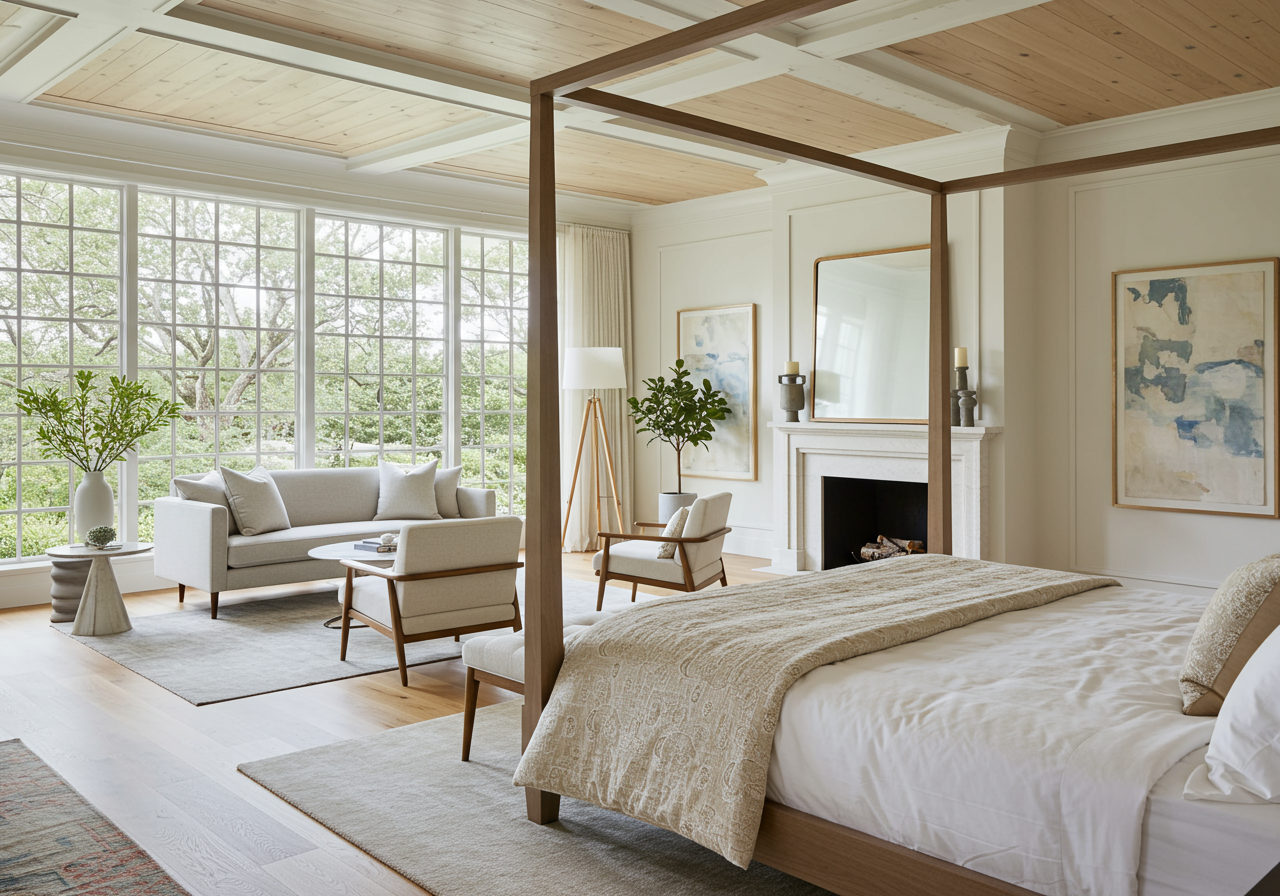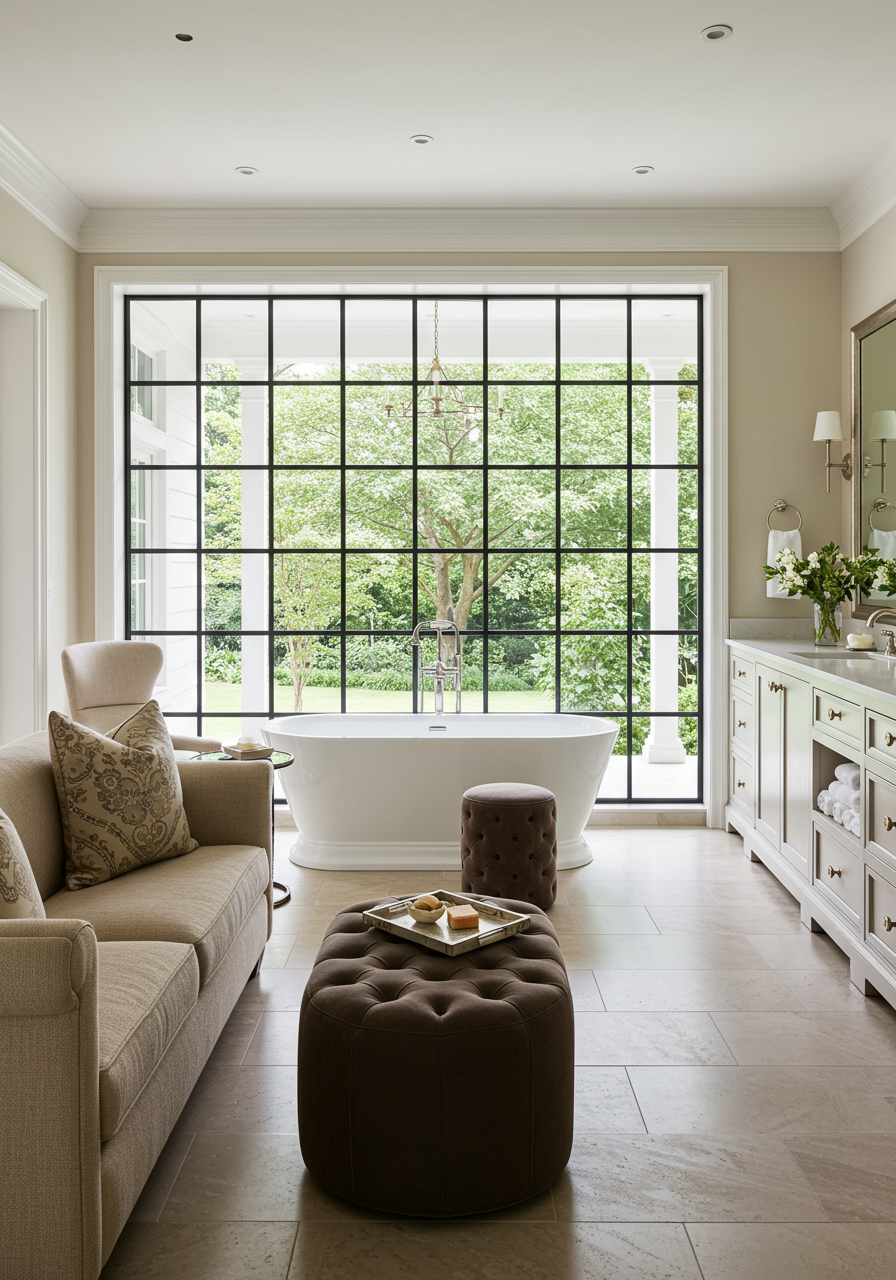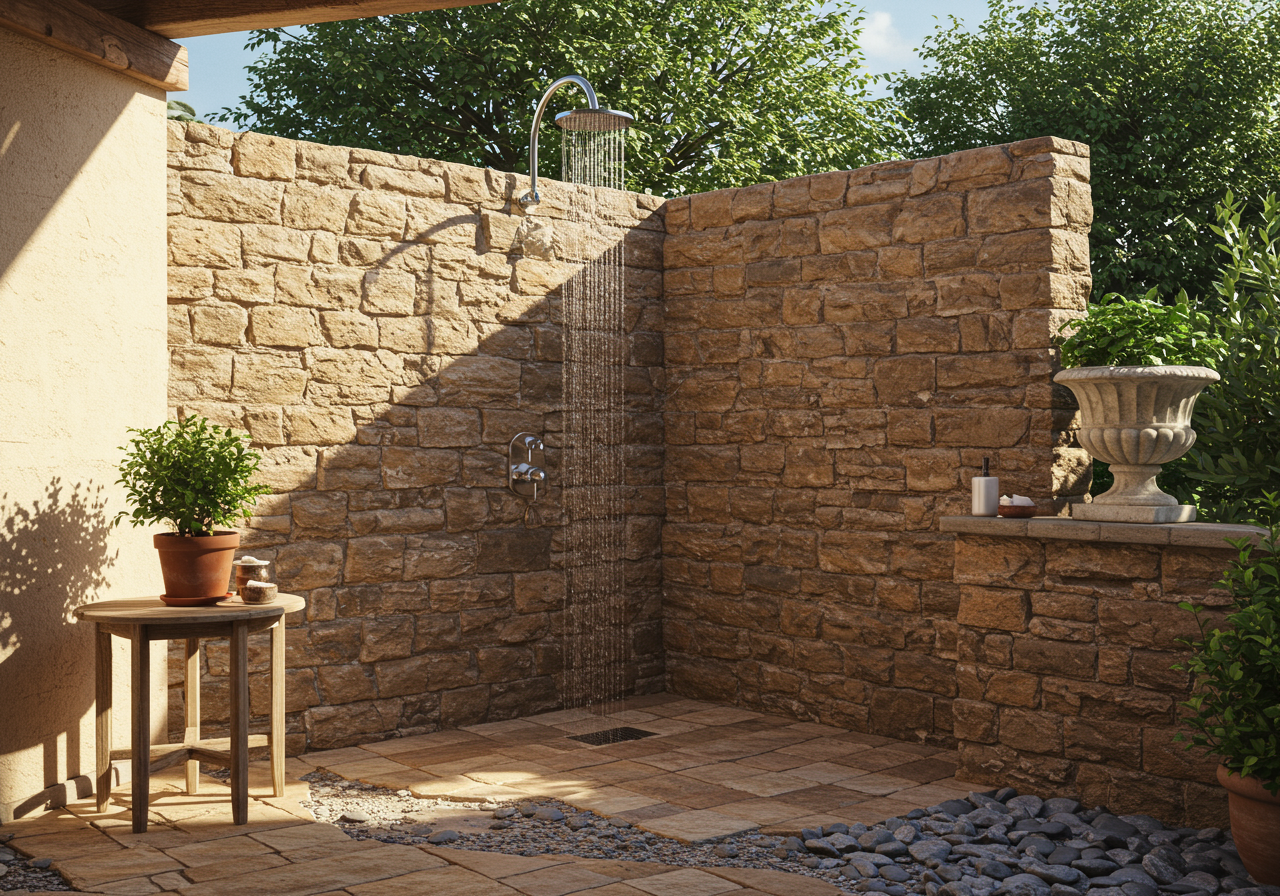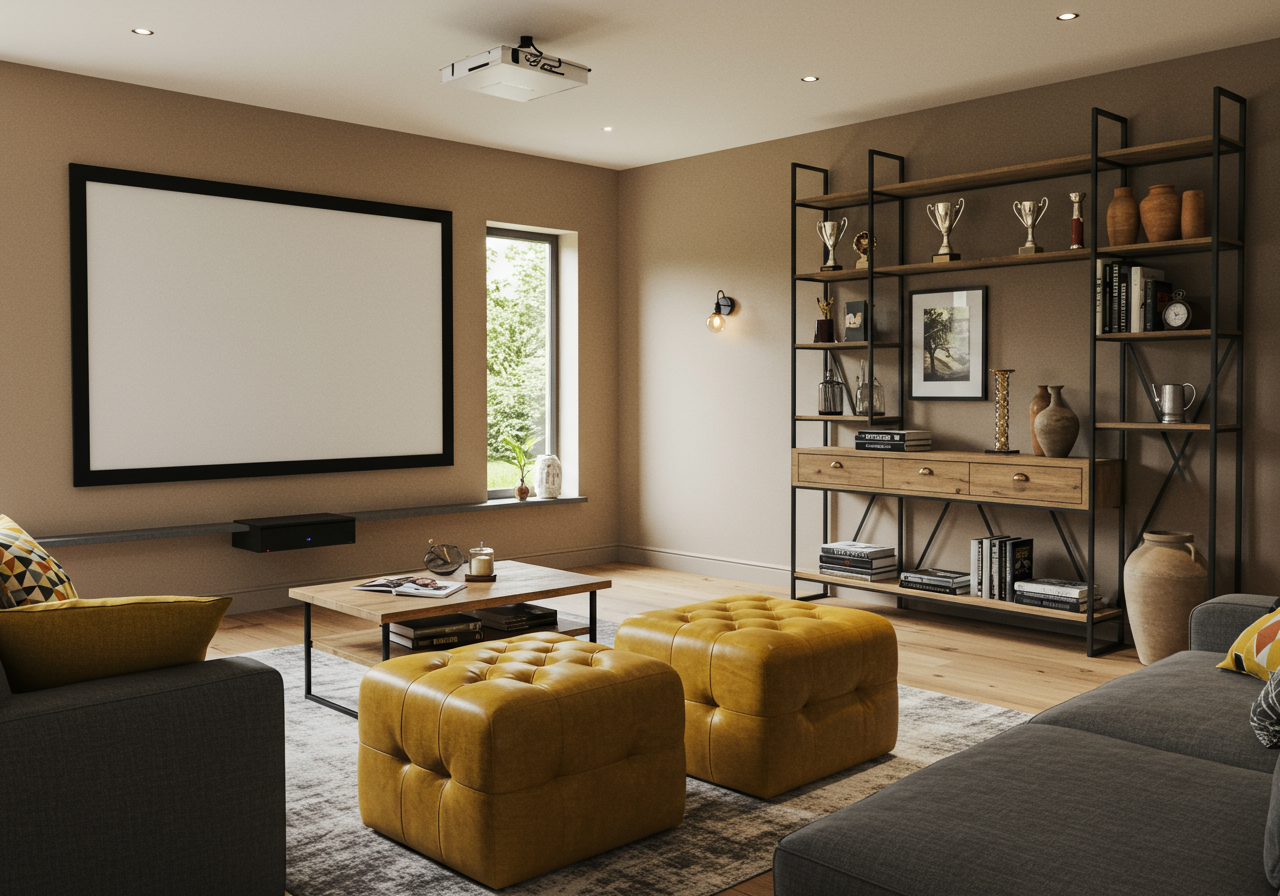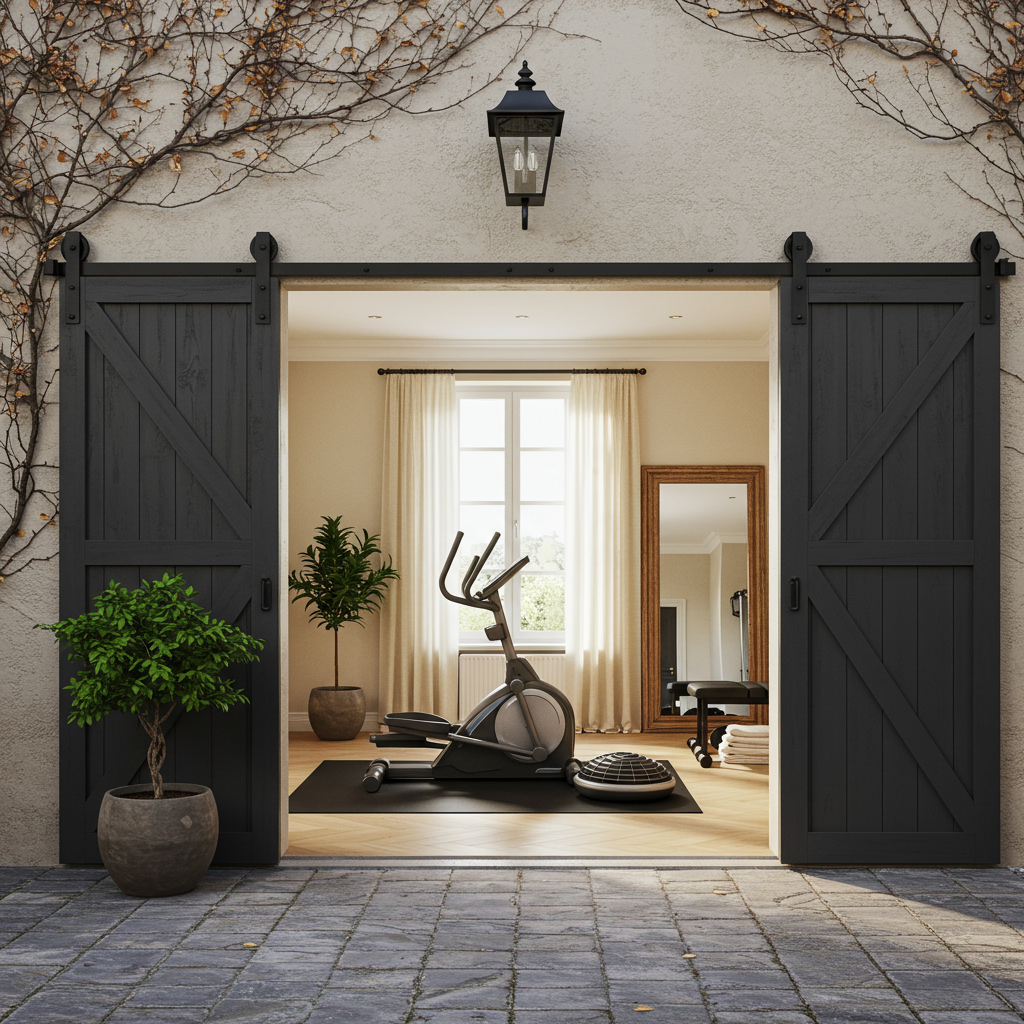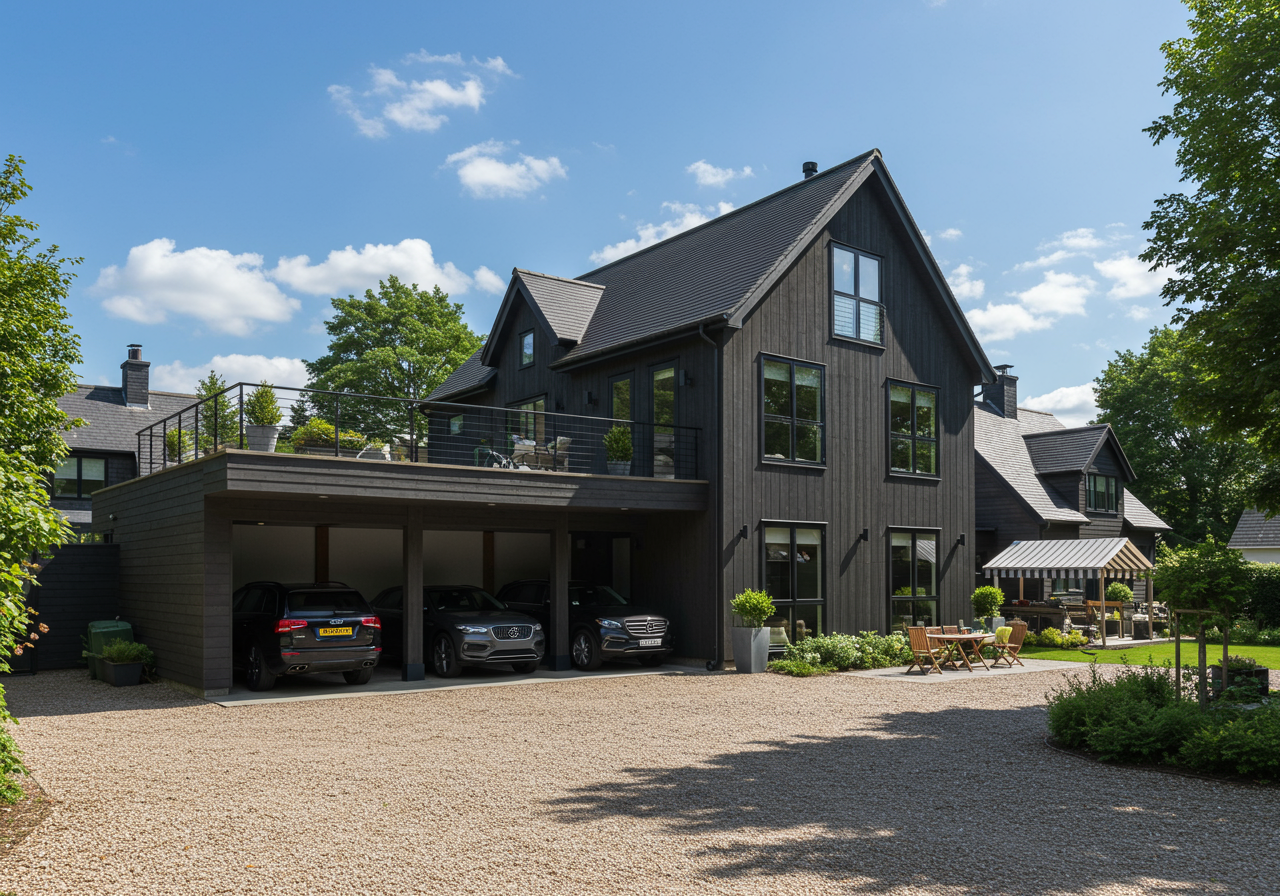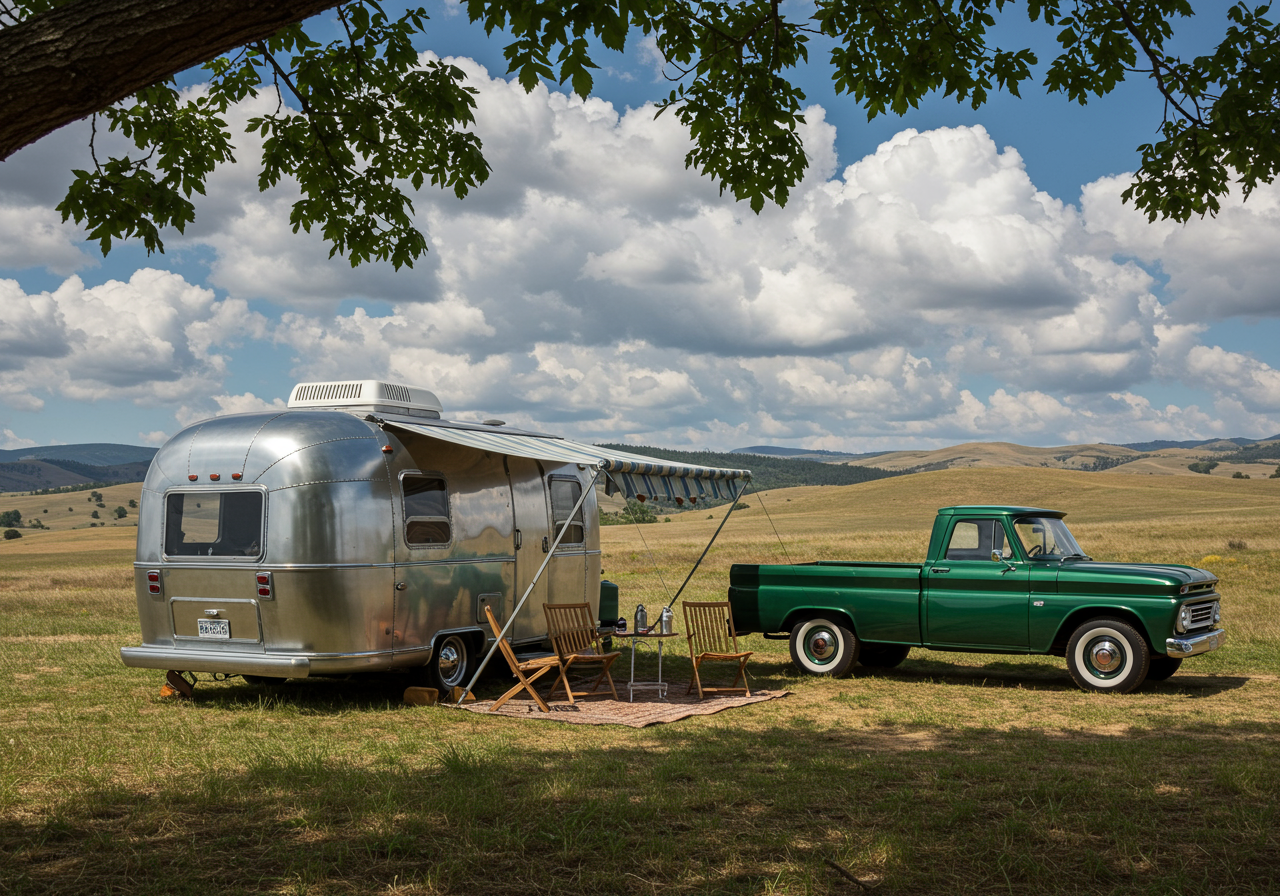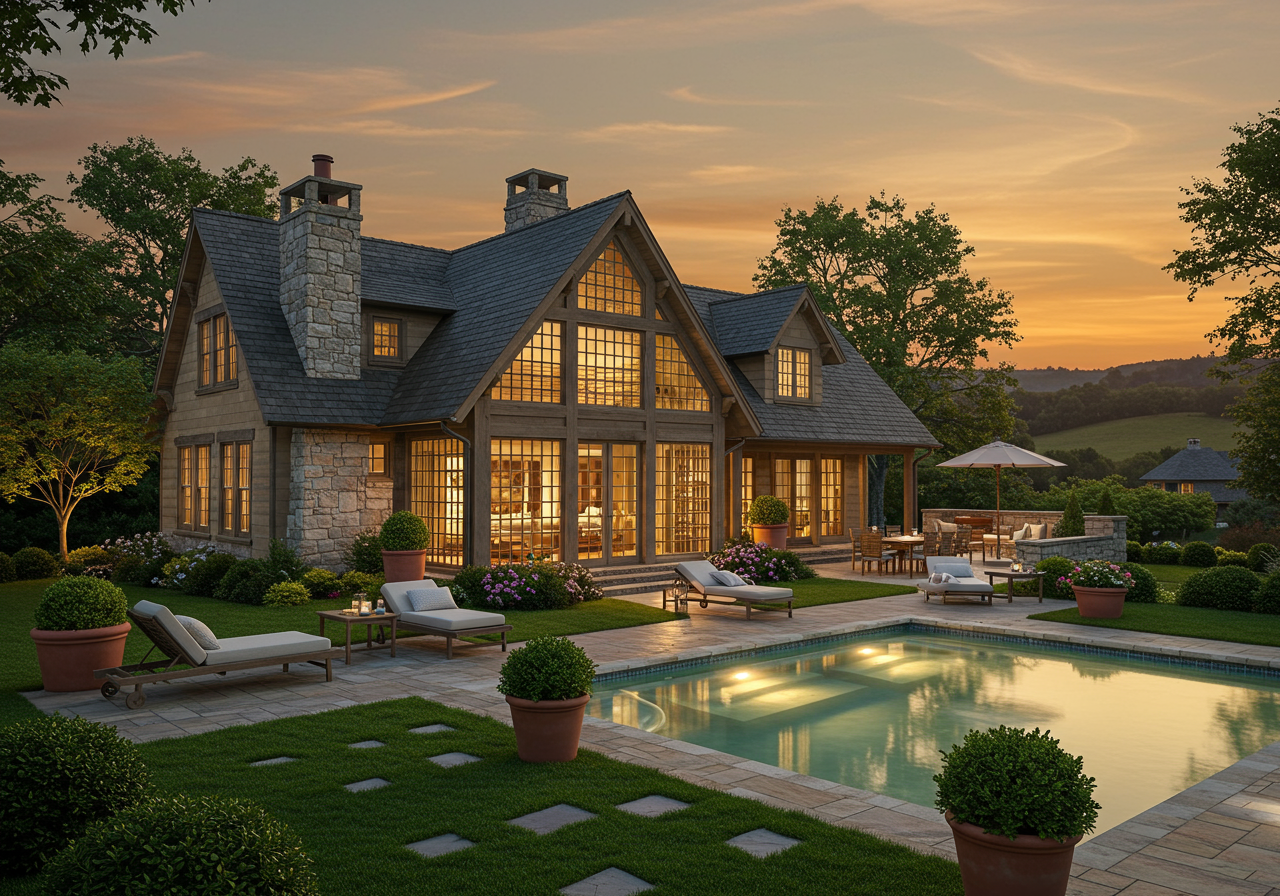Northern California’s wine country is a mélange of postcard building types: the shed-roof barn edging a rolling field; the bleached Victorian at the end of a long, lazy drive; the architectural statement, ranging from rusticated French to high modern, amid acres of vines. Since 2001, however, a local ordinance has required that new hillside structures be largely concealed to preserve the views. So if there is a Napa mien these days, it is less about a dominant style than a life-well-lived immersion in a storied landscape. It is in this context that the Calistoga house of Don and Rela Gleason triumphs.
Cofounders of the furnishings company Summer Hill—Don is president and Rela creative director—the Gleasons acquired the 40-acre property in 1999, initially constructing two cottages on it so they could experiment with rural living (their main residence was in San Francisco). Eventually, with both their children married and visiting with kids of their own, it was decided a bigger house was needed. The couple sited the building for optimal views, and then Rela made sketches. They met with several architects, settling on McAlpine Tankersley, a Montgomery, Alabama, firm with a portfolio notable for romantic historicism blended with modern refinements.
The first thing to know about the home the Gleasons have named Casa Kulanu ( means “all of us” in Hebrew) is that it came into being through a design collaboration marked by broad, elastic role definitions. From the start architect, Bobby McAlpine and project architect John Sease embraced the involvement that Rela, primarily, had in the process (Don was the go-to guy for technical problem solving). As McAlpine says, “There wasn’t a zone of the house that she didn’t consider all day and go to sleep with every night.”
The elegant stucco, wood, and stone residence, McAlpine’s first California commission, was five years in the planning and 18 months in the making. Divided into three pavilions joined by covered breezeways, it is, McAlpine says, “a rambler,” but one that functions as well for two people as it does for 20. Wherever possible, the buildings are one-room deep (the architect has an aversion to thick-waisted suburban houses) to conform to the basic country-home ideal: maximal exposure to natural light and ventilation. The main structure comprises the central living/dining salon, the kitchen and sunroom to its southeast, and the library, master suite, and a guest suite to the west. Each of the two ancillary pavilions contains a garage on the main level. Above one is an office/studio and bath, and below it are a media room and a wine cellar. The other is topped with a two-bedroom suite for visiting friends and family.
Easygoing yet stylish, the interiors perfectly illustrate the Gleason dictum “Invest in quality pieces that can follow you anywhere.” Summer Hill furnishings—many of which Rela devised specifically for this project—predominate, complemented by handsome antiques and bespoke pieces, including a bronze bed made for the Gleasons by San Francisco designer Andrew Fisher. Striking details, such as the graphic, unifying cadence of the black steel window mullions and the formal silhouettes of flea-market chandeliers, lend uncommon grace notes. “There’s a lot of high-low here,” Rela points out. Rubble leftover from cutting the foundation into the hillside was used to build garden walls and outdoor showers. The kitchen’s three islands are in virtually constant use, thanks to the Gleasons’ busy entertaining schedule—complete with Gleason Cabernet from the couple’s boutique Summer Hill Vineyards always on the menu.
The home and its various functions all but guaranteed it would gain increased character over time, rather than through imitation aging. “I wasn’t interested in mimicking the wine-country buildings of another region,” McAlpine says, going on to describe the Gleason residence as “gentrified Western, with one part southern England and one part southern France.” Rela senses hints of the Flemish farmhouses of her Belgian childhood but emphasizes that the architecture nonetheless possesses a Napa-style authenticity. “This is an honest house, not a faux-Tuscan villa,” she says. The gray-beige color of the exterior is neutral and recessive, the intent being that it would allow any shape, even the steeply pitched roofs that define the profile, to better fade into the landscape. The primary materials of steel, glass, native Western red cedar, locally quarried stone, and concrete shingles aid in this effect. As McAlpine observes, “The house is not an object. It’s experiential—a place.”
Life at Casa Kulanu is Napa at its most graciously informal. Here dusty work boots are as much a part of the picture as an inherited 18th-century American Chippendale wing chair, and guinea fowl roam the acres that produce wine and olive oil. “With good design,” Rela explains, “you don’t have to sacrifice comfort for elegance, or practicality for sophistication.”
